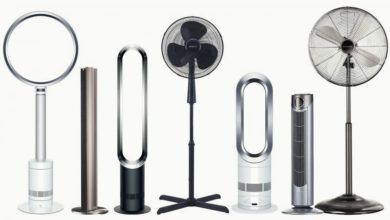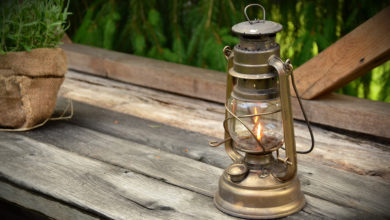Everyone ought to know how to flush a tankless water heater and clean it if they have such a device, yet a lot of people skip the whole process altogether. Performing a regular tankless water heater flushing and cleaning is vital for the water heater’s effectiveness and longevity, however, as it removes calcium and mineral buildup. It’s especially crucial if the water in your air is harder, i.e. includes more such minerals.
What exactly is a tankless water heater?
Tankless water heaters are the ones that heat water as it’s needed and don’t store hot water in a tank all the time. This is often great as it saves energy but it also requires a certain amount of care, such as regular flushing and cleaning.
How often should you clean your tankless water heater?
The recommended average period is one flushing and cleaning per year. However, if the water is harder, you’d do well to do this twice a year – in the spring and in the fall, for example.
How should you flush and clean your tankless water heater?
The process is quite extensive but simple once you learn it. Here’s our step-by-step guide:
- Turn off the electrical circuit at the breaker panel. If it’s a gas heater, turn the gas off entirely.
- Remove the cover plate of the water heater with a screwdriver. Use a non-contact electrical tester on the wiring to make sure it’s safe.
- Turn off the water supply valve that leads cold water into the water heater.
- Turn off the hot-water valve that sends hot water from the heater to your home’s water fixture(s).
- Connect a long garden hose (at least 6 feet) to the cold-water isolation valve of the heater and to a standard pond pump or a sump pump.
- Connect another hose to the hot-water isolation valve but not to a pump.
- Put the pump and the other end of the second hose in a 5-gallon bucket and fill the bucket with clean white vinegar.
- Open the 2 isolation valves of the heater and turn on the pump to circulate the vinegar through the heater.
- Give the pump 45 minutes to circulate the vinegar, then turn it off, and allow the vinegar to drain from the heater back into the bucket.
- Dump the vinegar, place the open-ended hose back into the bucket, and open the cold-water supply valve for 5 minutes, allowing the water to drain in the bucket.
- Turn off the hot-water isolation valve, remove the inlet filter screen of the water heater (as per the unit’s manual’s instructions), and clean the screen from any sediment buildup. Then, place the screen back.
- Turn on both supply valves. Open a couple or more hot-water faucets in your home to “bleed” the air from the hot-water lines and close the faucets afterward.
- Give another look to all the connections of the water heater to make sure there won’t be any leaks. Then simply turn on the electricity or gas, and test if there’s hot water in the faucets. If everything’s in order, reinstall the cover plate and that’s it!





